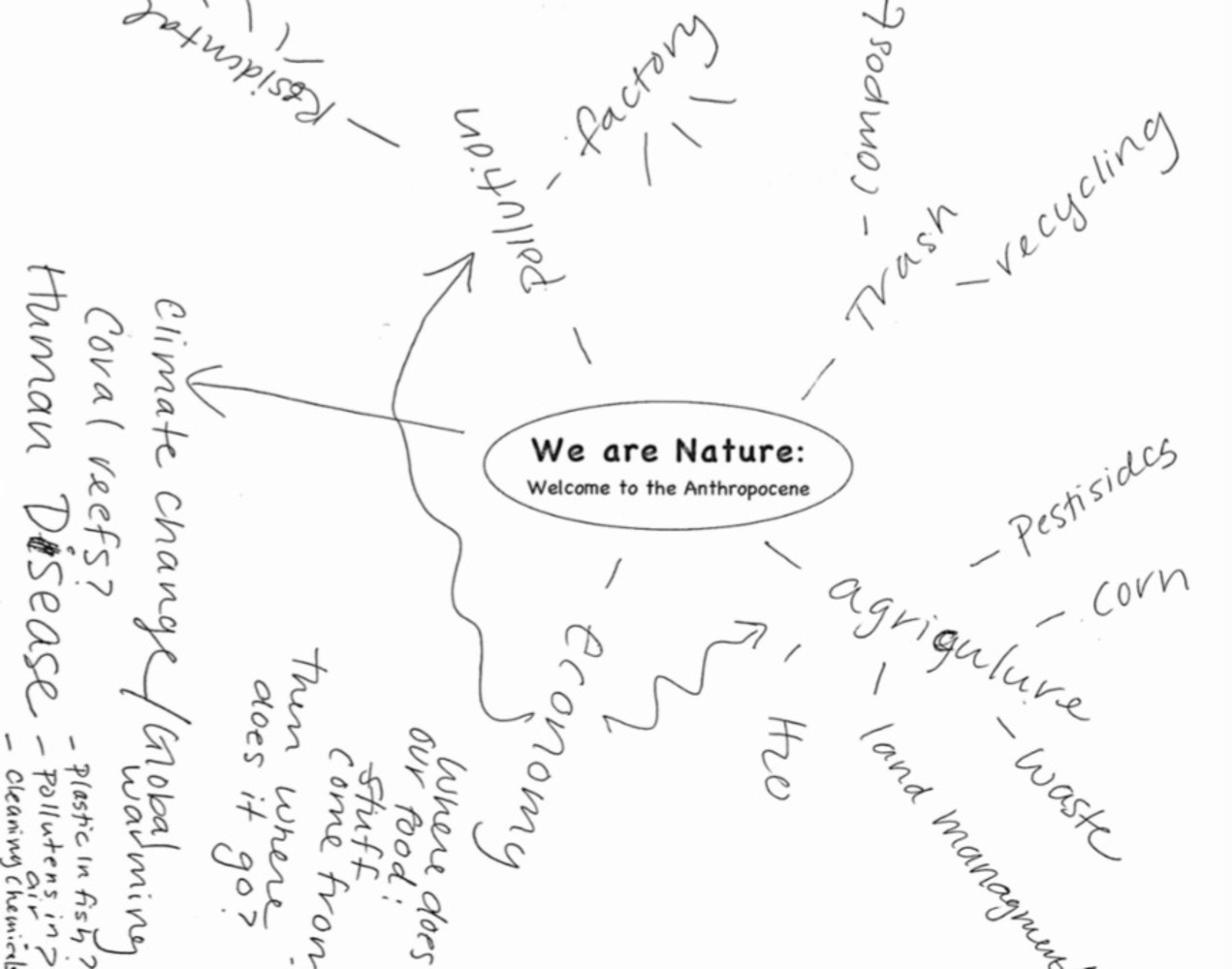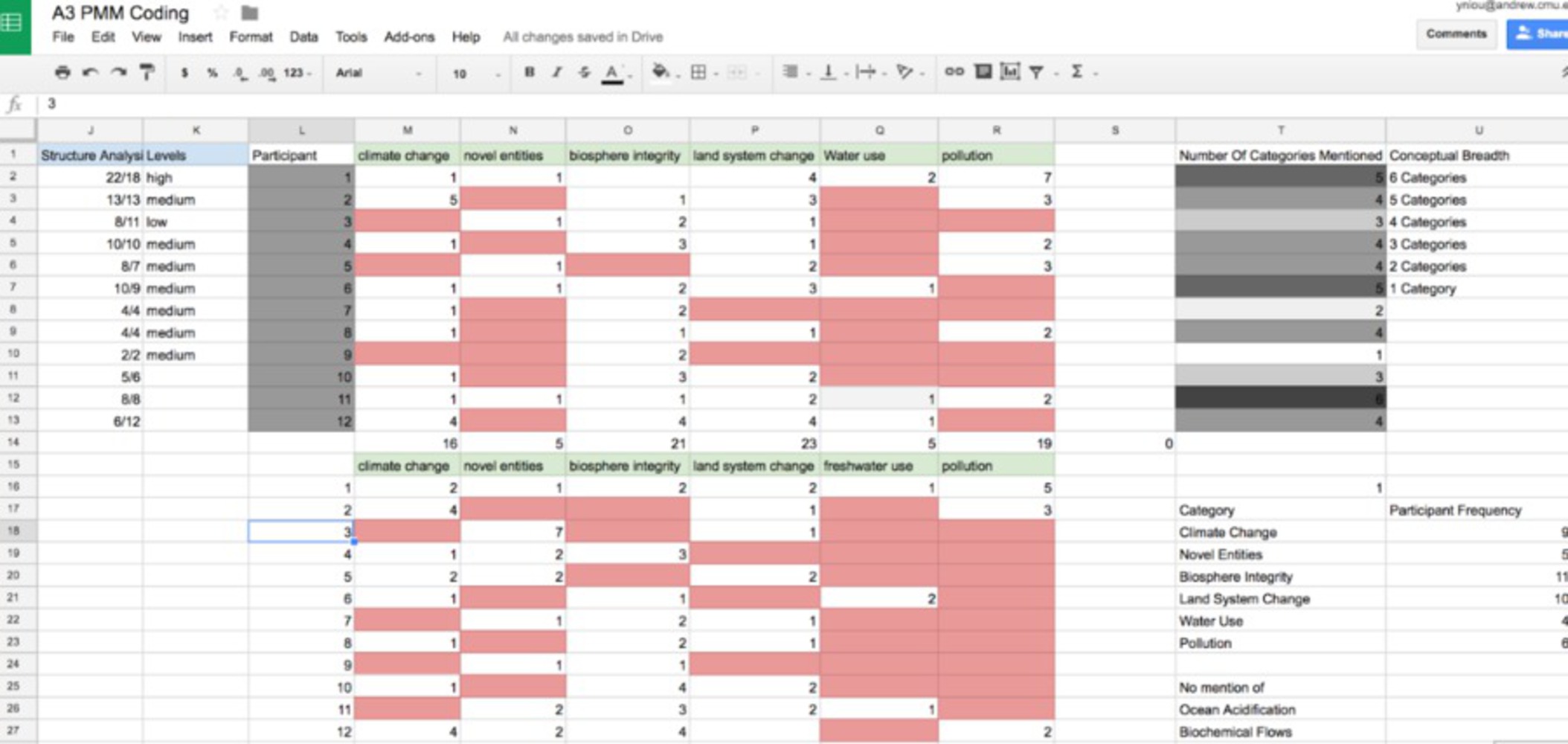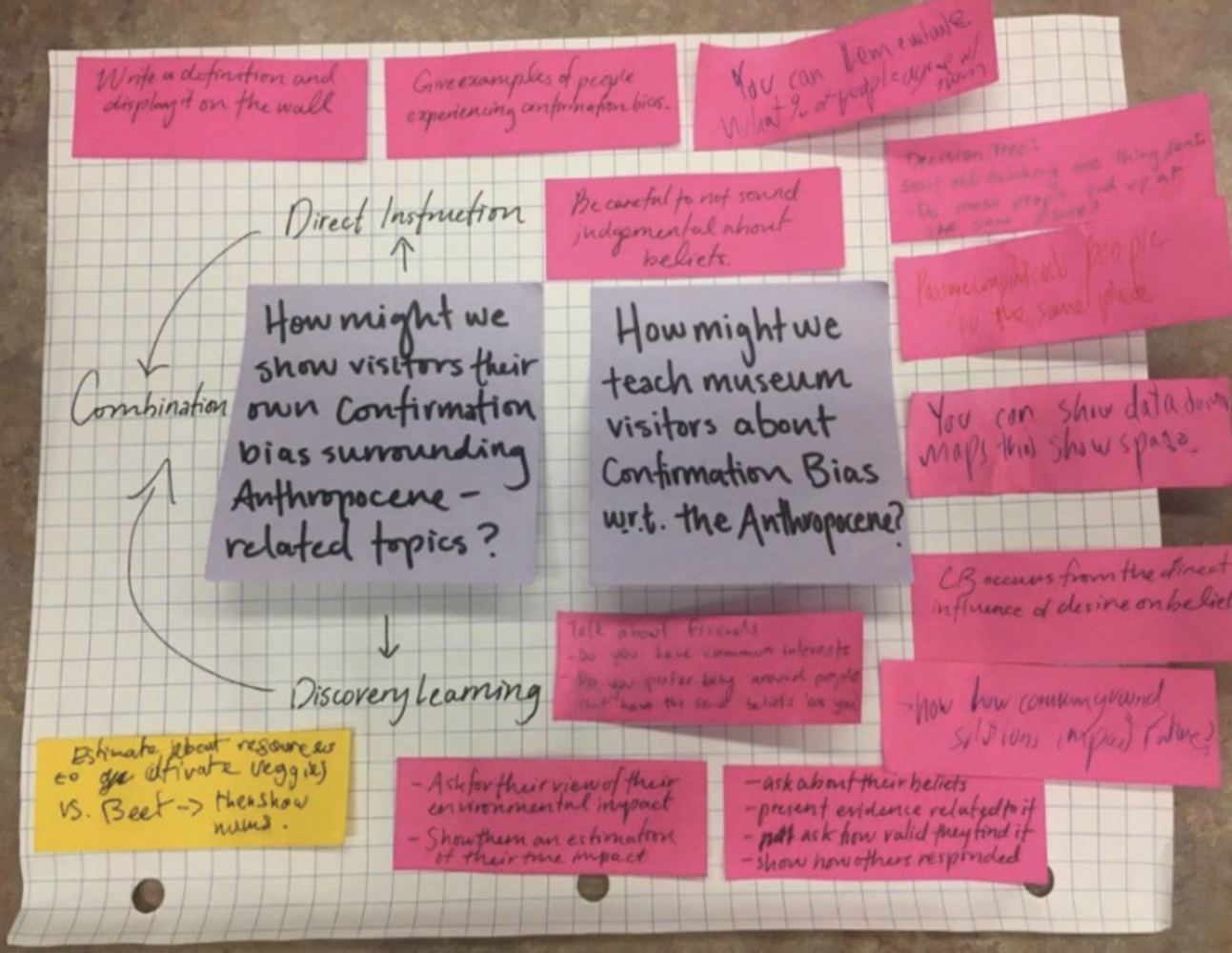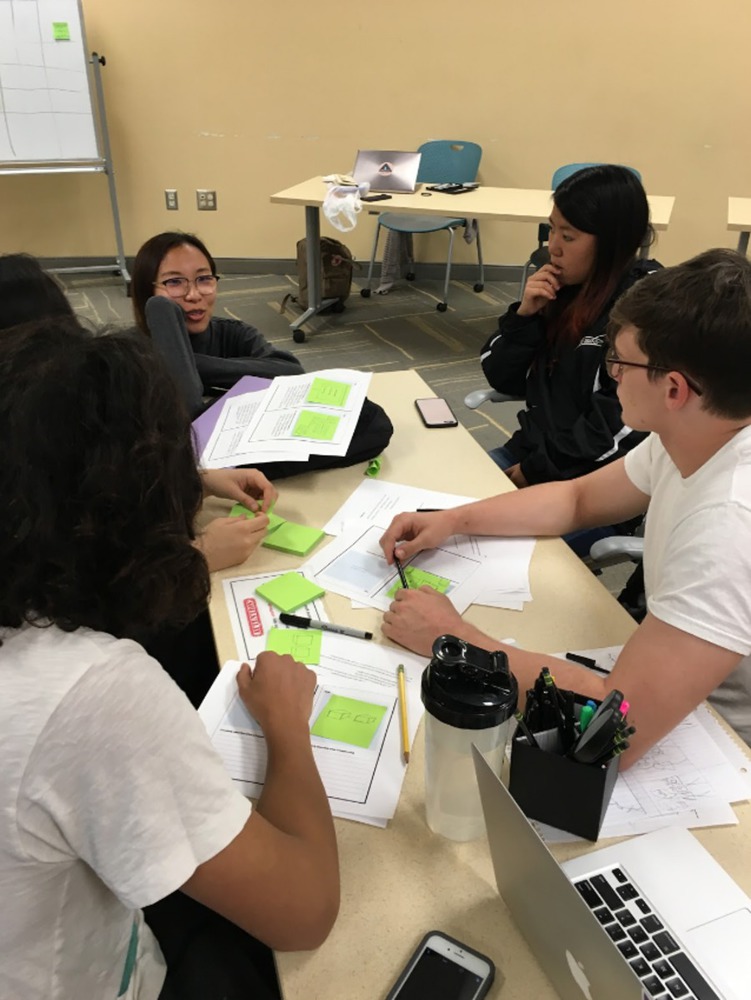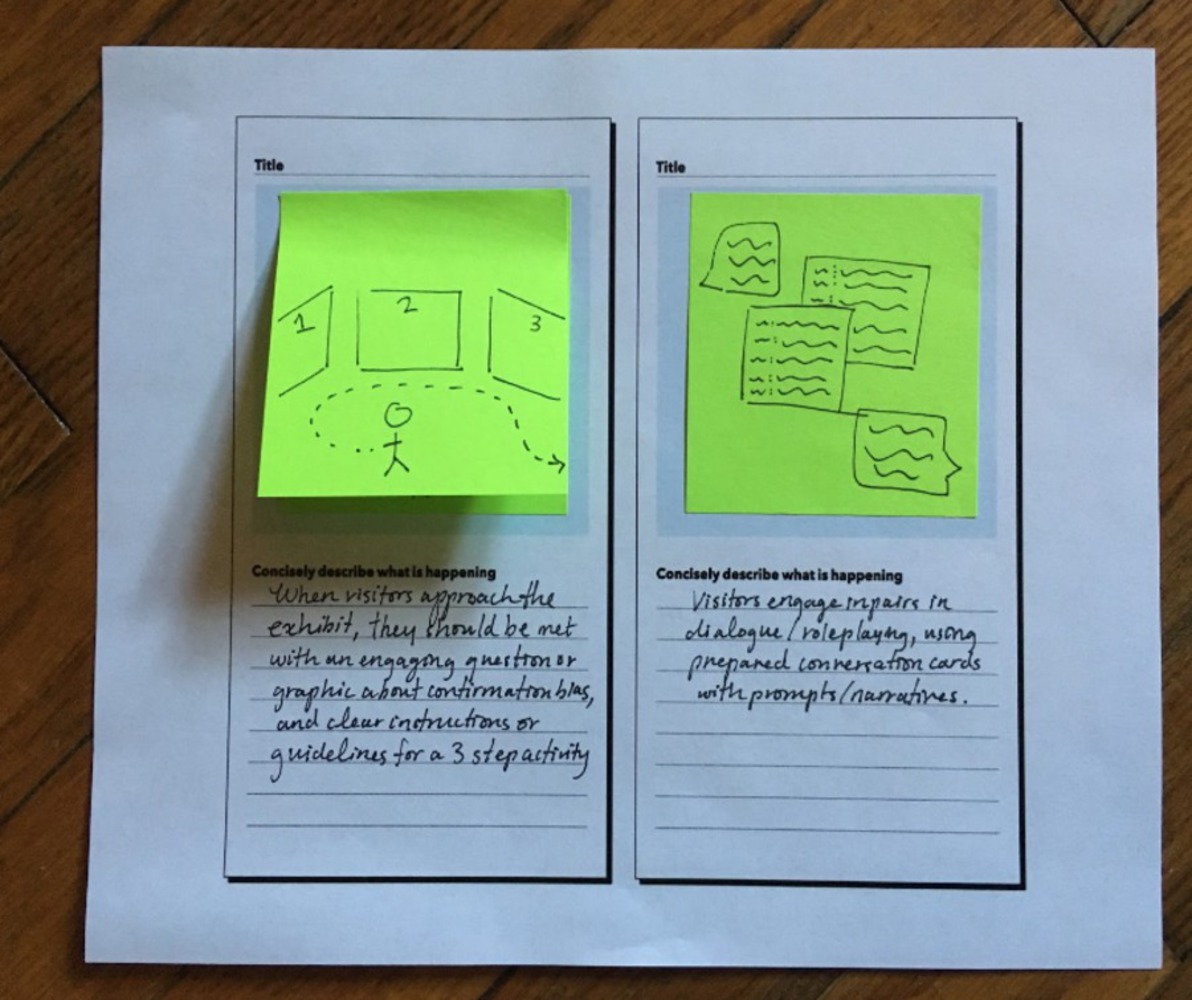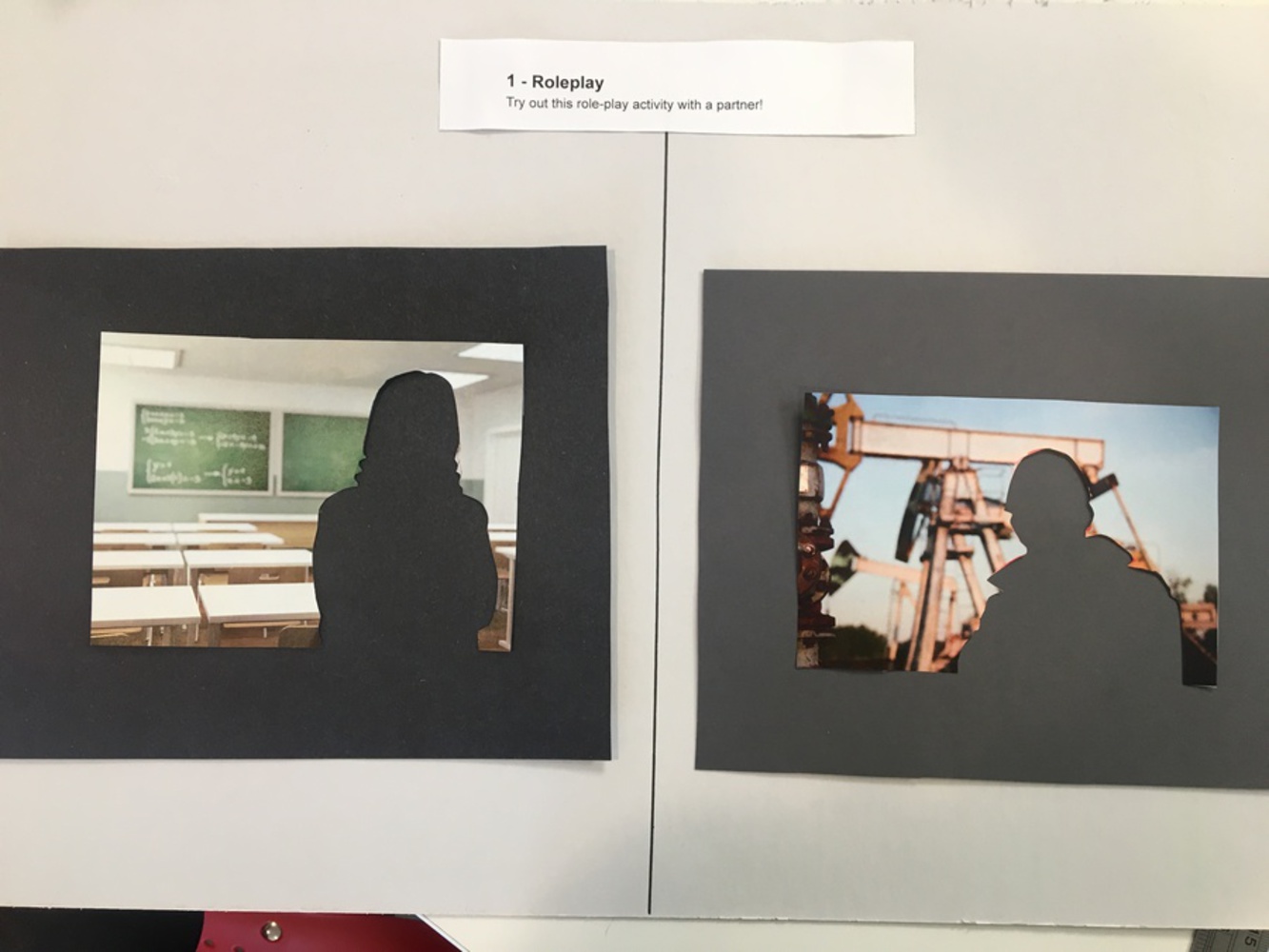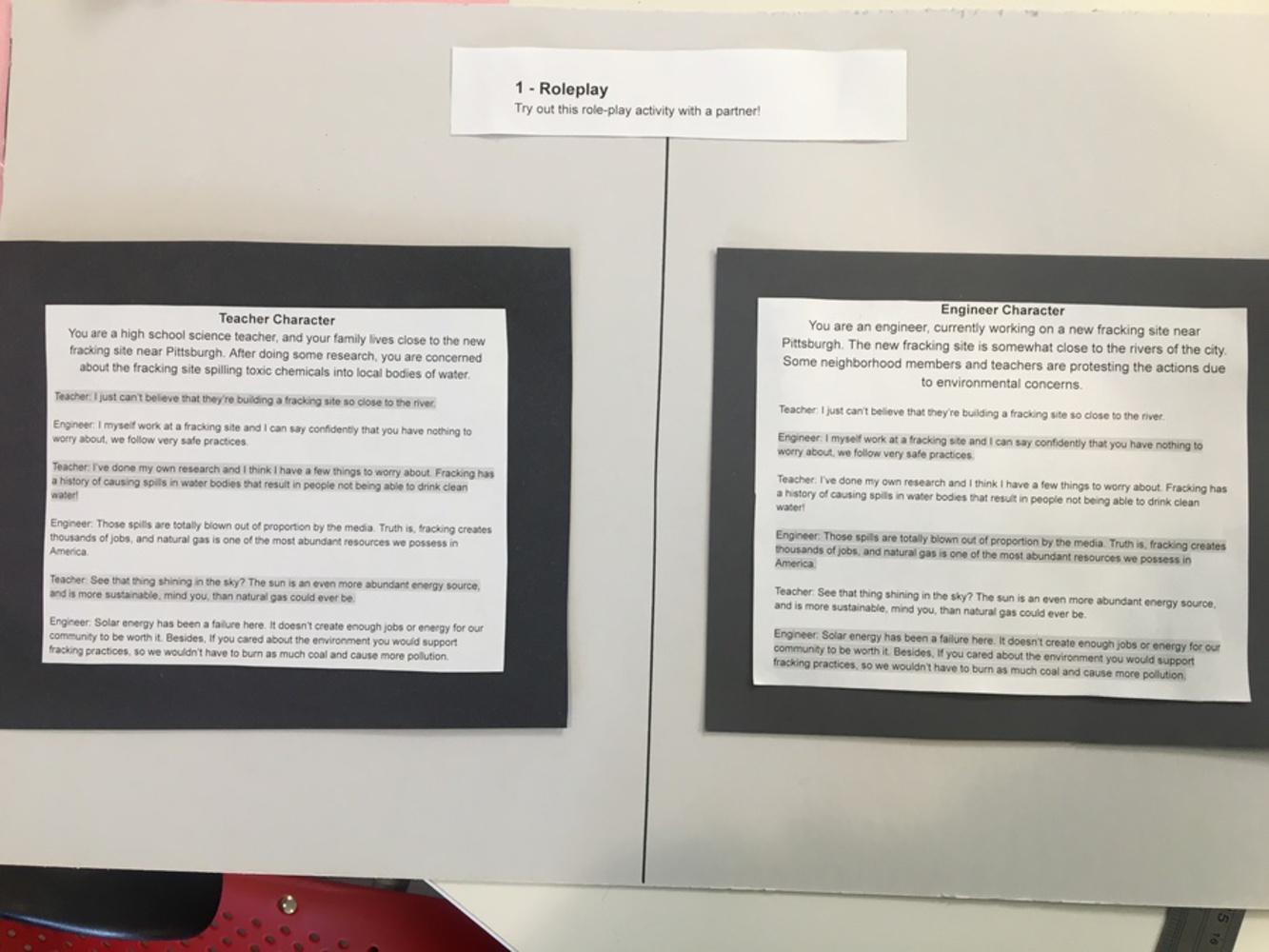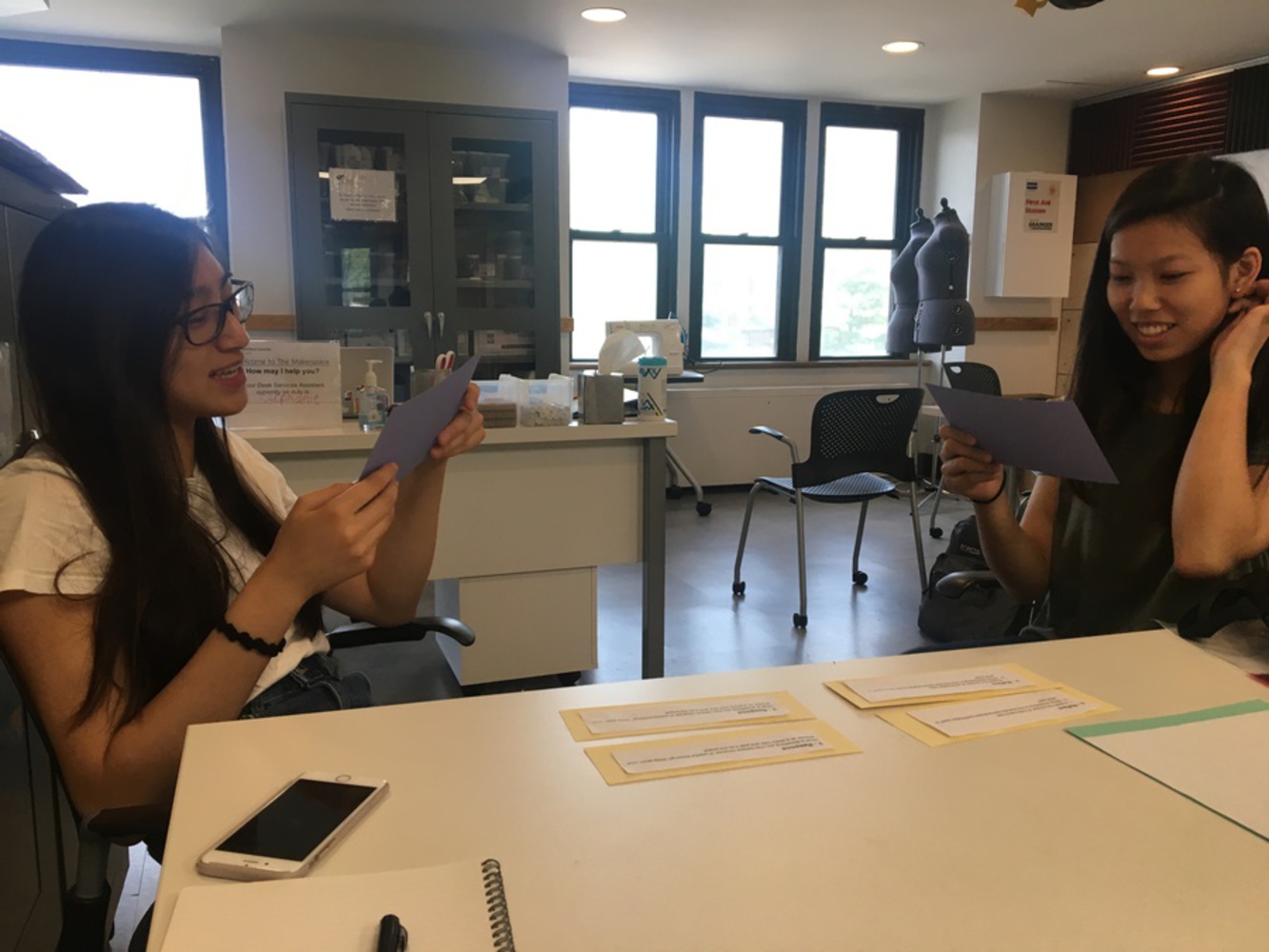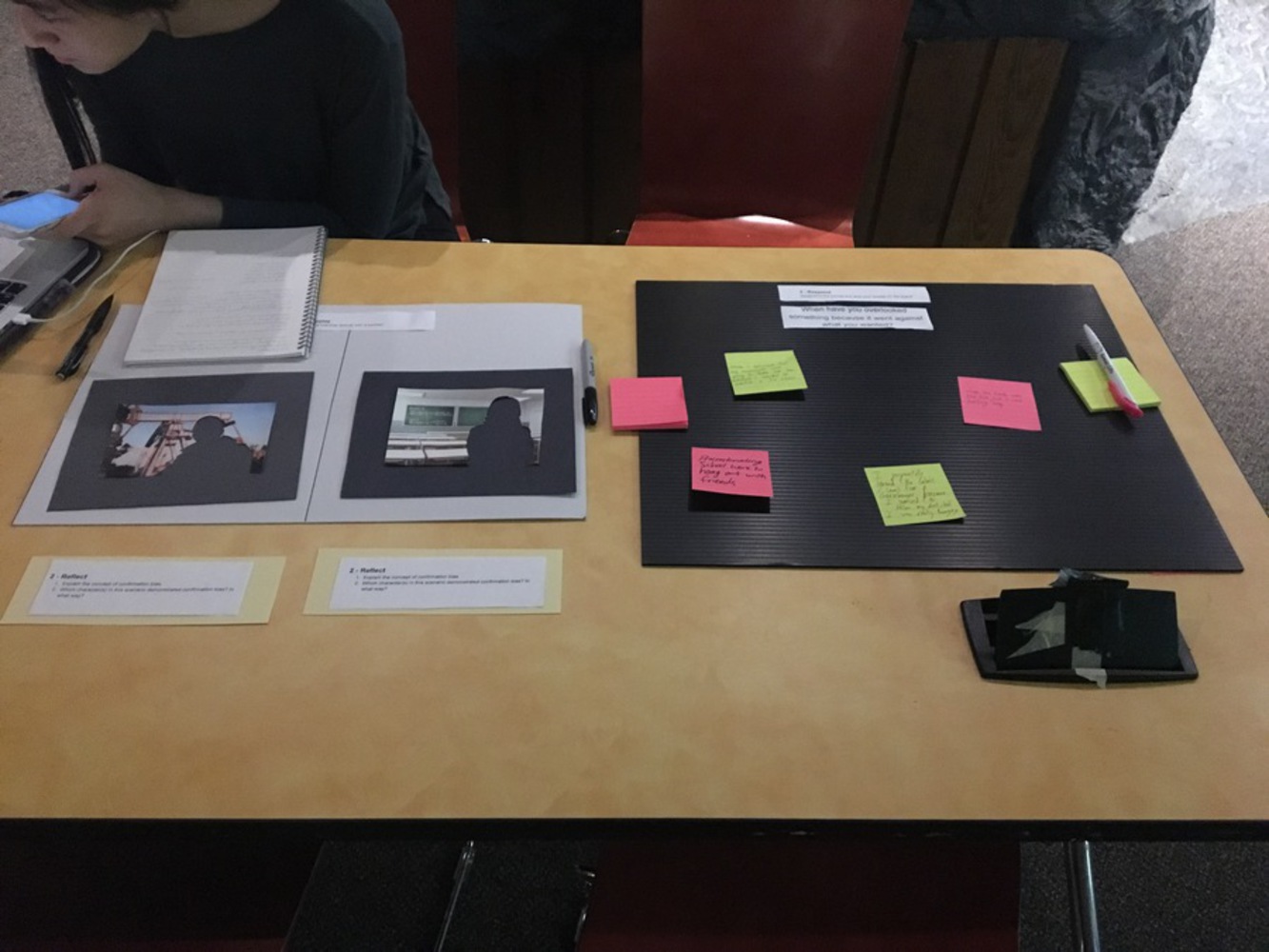Final Reflections
Review Session Critiques
During the review session, we received very helpful critiques for future iterations of our exhibit concept and prototype. Some of the responses heard during the review session include:
- How can these activities be presented to younger audiences?
- Can there be a physical take-away that visitors can revisit at home?
- How can we improve the overall packaging of the experience?
These are all excellent as potential extensions of our project, and they serve as very useful suggestions if this exhibit concept is to reach further development stages.
What We Learned
From our progress throughout this course, we have gained several important lessons regarding our project and the overall experience. People tend to enjoy role-playing, but it is also important for stories to be relatable in order to most effectively promote learning. Our activity helped all groups learn more about confirmation bias, and visitors all agreed that they knew more about the concept after going through our activities. Finally, as a lesson to any future design or prototyping experience, we found that small changes in protocol can greatly affect visitor experience.
Moving Forward
There are many areas of our project that could be better refined. Some of these areas were limitations by the class structure (for example, a 6-week mini instead of a full-semester course), but some of these are also specific to our final exhibit concept and prototype. Moving forward, our specific aspirations would be to:
- precisely refine the reflection prompt and dialogues (which would require more stages of user testing than this half-semester allowed time for)
- working out the balance between facilitated and un-facilitated aspects (again, requiring more testing than we could finish in time)
- create a dialogue or activity targeted to younger audiences
- leave visitors with a home take-away or memento
Given these areas of potential improvement, we still strongly support and recommend our exhibit concept and design to the Carnegie Museum of Natural History. For further documentation about our project, feel free to contact any of the students involved, or check out our blog at https://medium.com/bias-and-the-anthropocene.
Thank you to Professor Louw, Teaching Assistant Yiran Buckley, and all guest speakers and CMNH staff who helped make this project possible
